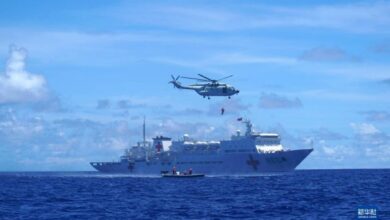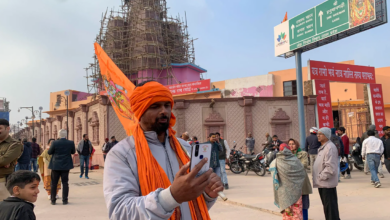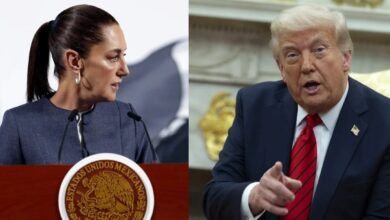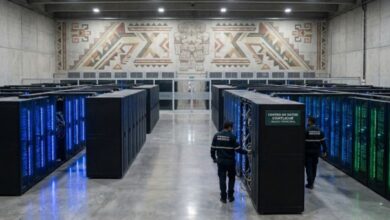Latin America Sees Military Budgets Boom Despite Tensions
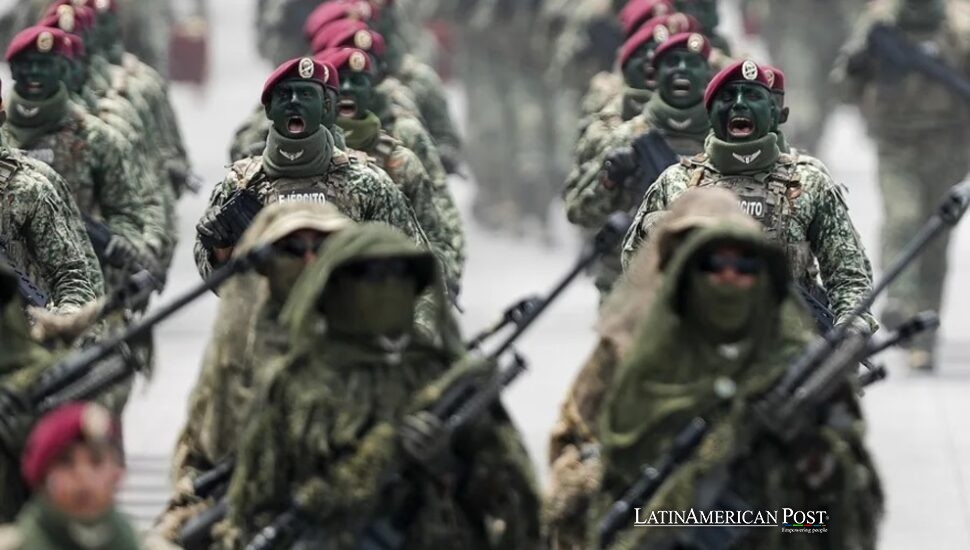
A new report shows a large rise in military spending across Latin America. Especially in Central America, the amount spent increased by more than thirty percent. For example regional leaders mentioned crime, guerrilla threats along with changes in global tensions as reasons for this growth.
A Surge Across the Americas
A recent study on global defense expenditures by the Stockholm International Peace Research Institute found that countries in the Americas collectively spent 1.1 trillion dollars on military budgets—a 5.8% rise from the previous year. Nearly 90% of that total belonged to the United States, cementing its position as the world’s most significant military spender. Yet, beneath those sweeping figures, Latin America stands out: Central American nations recorded an eye-popping 31% budget jump compared to the prior period, while overall spending in South America remained stable, hovering around 53.6 billion dollars.
The most substantial momentum came from Mexico, which saw a 39% hike in outlays, pushing it up two slots in the global rankings to 22nd place. Officials point to robust funding for the National Guard and naval forces to address organized crime. Simultaneously, Mexico’s neighbor to the South, Guatemala, posted moderate increases as its leadership grappled with cross-border gang activity and contraband. But the spotlight remains on Mexico’s dramatic spike—an outcome of long-standing security challenges and a renewed governmental push to strengthen policing and coastal surveillance.
For its part, South America’s expenditures remained nearly unchanged—a fractional drop of one-tenth of a percent. However, within that relative calm lie important details. Brazil continues to hold the top rank in the region, investing 20.9 billion dollars, a slight dip from the previous year. Meanwhile, Colombia boosted its defense budget to 15.1 billion, the largest leap in a decade, largely due to countering residual guerrilla factions in the southwest.
Mexico’s Leap and Regional Pressures
Analysts say Mexico’s rise reveals the unique pressures shaping security strategy in parts of Latin America. Leaders emphasize that, with criminal networks spanning drug trafficking and human smuggling, conventional policing tools fall short. Integrating advanced technology—like maritime drones and intelligence-gathering equipment—demands bigger defense budgets. Officials explain the costs. Critics express concern about increasing militarization. In the past, certain Central American nations used national security to increase the size of their armed forces. This sometimes harmed civil liberties. People observing the situation say a sensitive equilibrium is important for maintaining democratic oversight.
Local administrations across the isthmus face rising resource limits. El Salvador acted against gangs, and this action prompted debate on whether bigger defense budgets help economic growth. Honduras tries to manage violence within certain border regions. Some current funds support upgrades to ballistics and surveillance. Each increase illustrates the complex links among internal government action, the dangers of international crime, and altered relationships with other countries.
South America shows its collection of difficulties despite generally stable figures. Argentina copes with monetary pressure, making it hard to pay for large defense purchases. Chile, known for a long tradition of relatively robust defense budgets, now focuses on targeted modernization of equipment rather than raw expansion. In Peru, ongoing political unrest tests whether heightened military allocations will yield stability. Even Uruguay, typically seen as comparatively peaceful, invests incrementally in cybersecurity to address emerging digital threats.
Broader Trends and Global Impact
Defense spending in Latin America increased at the same time as a global rise. The sum spent on arms across the globe hit 2.7 trillion dollars. This is about 2.5 % of global GDP. This was also the largest increase since the end of the Cold War. Increased tensions throughout Europe helped build those high totals. The conflicts of major powers in that area largely caused the added tension. Although the United States and China dominate these statistics, Latin America’s growth is another key indicator that no region remains untouched by militarization trends.
Some authorities draw a connection between these local expansions and broader geopolitical changes. More foreign investors in mining or energy sometimes cause governments to make border checkpoints more secure, guard possessions, or control public disorder. Territorial disputes in the region, for example, the issues between Guyana plus Venezuela concerning the Esequibo, cause increased investments in arms. In this context, Guyana’s 78% annual surge, the largest in the world, springs from deepening uncertainties along its western frontier.
Still, the complexities of the data caution observers to resist seeing the continent as uniformly militarizing. While a handful of nations ramp up budgets, others maintain or modestly reduce outlays. Smaller countries often lack the financial means to invest significantly, focusing on specialized support from allies. Even in robust economies, harsh social realities prompt internal debate: is it better to direct funds to social welfare or to double down on advanced weaponry?
For many everyday citizens, these big-dollar increases can evoke skepticism. Around the region, critics ask whether such outlays tangibly improve security or merely line the pockets of large defense contractors. Others question if external influences, such as arms deals with external powers, overshadow national priorities. Nonetheless, the fact remains: new hardware, from surveillance drones to modern naval vessels, continues to arrive in capitals across Latin America.
The area’s financial state relies on future governmental decisions. Do Mexico’s new resources diminish cartel operations, or do they create higher levels of brutality? Is it possible that Colombia’s increased funding offers reliable peace talks, or does it lead to internal disputes? With only small cuts to outlays, can Brazil alter its path to secure its position in sophisticated protection tech? Above all, whether communities truly benefit from large defense budgets remains an open question—particularly as social inequality or environmental crises stand unresolved.
Also Read: Paraguay Endures Tariff Turmoil Amid Rising Soy Prospects
Ultimately, Latin America’s 31% military spending spike in Central America—and steady footing in the South—spotlights a continent caught at the crossroads of internal security dilemmas and a global arms surge. Some think this pattern will continue. Crime gets more complex along with external tensions increase. Countries choose bigger militaries as answers. In the coming years, open budgets and solid public discussion can become very important. This can help guarantee governments do not ignore important social issues when they seek stability.

